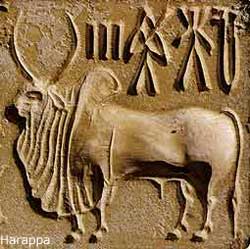Just got 100% on my Ancient History Paper!!! [ORIGINAL]
Ancient Social Life of Harappan vs Rome
American Public University - Prof. Irina G., April 2017
by Robyn Eggs

McKay, John P., et al.. A History of World Societies, Volume 1, 10th Edition. (Bedford/St. Martin's, 2015), 22-36.
Gold, Ann G., et al., “Hinduism,” Encyclopædia Britannic. (2016) : 4, Accessed April 23, 2017. https://www.britannica.com/topic/Hinduism.
Mark Cartwright. “The Role of Women in the Roman World,” Ancient History Encyclopedia. (2014), accessed April 23, 2017. http://www.ancient.eu /article/659/.
Follow @robyneggs for more eggsciting content!


Congrats!!
It's very interesting but it is challenging to read due to all the, commas, in various, places.
Agree a few more strategic spaces might help - also the centre formatting may be making it harder.
oh wow, kudos!
congrats!
:D
You nailed it -- well done!
Congratulations. You've worked hard for this.q
Very well done!
THANKS @thecryptofiend!